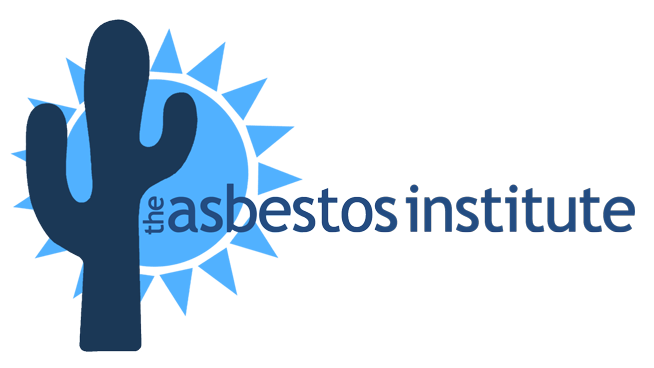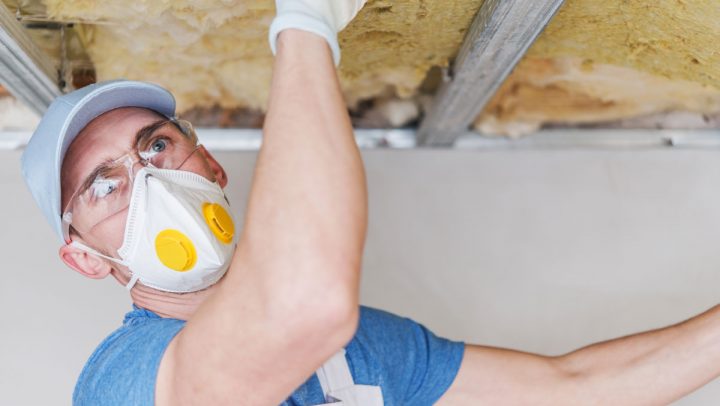From the 1950s until the 1980s, popcorn ceilings (also called as “stucco,” “acoustic,” and “cottage cheese”) were extremely fashionable. Builders and homeowners were attracted to the spray-on, rough texture because it was quick and easy to install, helped conceal ceiling flaws, absorbed noise, and provided fire protection.
Even while popcorn ceilings have fallen out of favor among home builders, many homes built before the 1990s still have them. Unfortunately, a considerable percentage of these ceilings contain asbestos, which was widely employed in building until its health concerns became understood and the Consumer Product Safety Commission subsequently outlawed its use in textured paint.
If you have a popcorn ceiling in your house and are concerned that it may contain asbestos, read on to learn how and when to have it tested.
How Dangerous Is a Ceiling Made of Asbestos?
Generally speaking, popcorn ceilings contain between 1 and 10 percent asbestos. Although 1 percent may seem little, it is crucial to realize that any amount of asbestos in a popcorn ceiling is concerning and must be treated.
Thankfully, asbestos poses no major health dangers if it is kept undisturbed and unaltered. However, popcorn ceilings are made of extremely fragile materials, and even the smallest disturbance can release asbestos dust into the air. Asbestos dust, if inhaled, can cause severe health problems, including persistent coughing, shortness of breath, asbestosis, mesothelioma, and possibly lung cancer.
Due to the grave risk it poses to your family’s health, you should have your popcorn ceiling professionally inspected, especially if you observe crumbling or are planning a home renovation.
Identification and testing of asbestos
Unfortunately, a visual examination of a popcorn ceiling cannot typically reveal the presence of asbestos. If your home was constructed before to the mid-1980s, there is a good probability that the popcorn ceiling contains asbestos.
The best method to establish whether asbestos is present is to have an expert examine your ceiling. You can have a professional collect your sample, or you can collect it yourself and send it to the lab for analysis. If you decide to collect the sample yourself, exercise cautious and avoid inhaling any dust. Utilize a moist wipe to collect any debris produced during the sampling procedure. If the floor is carpeted, cover it with a plastic sheet to collect dust.
To assure the accuracy of your test results, you must collect at least two teaspoons of ceiling material from at least two different locations. Place the samples in zip-lock bags before transporting them to the lab, and wash your hands thoroughly afterward.
What to Do If Asbestos Is Discovered in Your Popcorn Ceiling
Once professional testing has proved that your popcorn ceiling contains asbestos, you generally have three options: encapsulate it, encase it, or have it removed, which is known as abatement.
Encasing the asbestos popcorn ceiling entails covering it so that it cannot emit dust. This can be accomplished by installing new ceiling panels or by spraying the ceiling with a vinyl-based paint. Both of these procedures should be carried out by a trained specialist who understands how to encapsulate asbestos safely and properly.
Encapsulation is regarded as a safer method of asbestos management, but keep in mind that if you decide to rebuild or otherwise disturb the ceiling, the asbestos will still need to be dealt.
In some instances, it may be essential to completely remove the popcorn ceiling (e.g., during remodeling). Asbestos removal is an extremely complex and delicate operation. As it could raise the risk of exposure to you and your family, it is not recommended that you attempt it yourself. Asbestos removal should be handled by a qualified and certified expert.
Classroom & Online
The Asbestos Institute has provided EPA and Cal/OSHA-accredited safety training since 1988. From OSHA 10 to hazmat training and asbestos certification, our trusted and experienced instructors make sure participants get the high-quality initial and refresher training they need.
Classroom
We train on-site at our headquarters in Phoenix, AZ or at our clients’ sites across the U.S. We offer both English and Spanish courses. Browse Classroom Classes
Online
Online courses allow you to align your learning with your personal schedule. This is a great option for students with family and work commitments. Browse Online Classes
Webinar
Live webinars allow you to watch instructors on demand from the comfort of your home or office. Learn, chat with other students, and ask questions in real-time. Browse Live Webinars
Disclaimer
The Asbestos Institute is not the official authority to determine OSHA training requirements, which are set forth in the Occupational Safety and Health Act of 1970. OSHA regulations are always being revised, added, and/or deleted, so you must not rely on The Asbestos Institute as the official authority of OSHA asbestos training requirements. Visit the official OSHA Asbestos Training Requirements page here.


